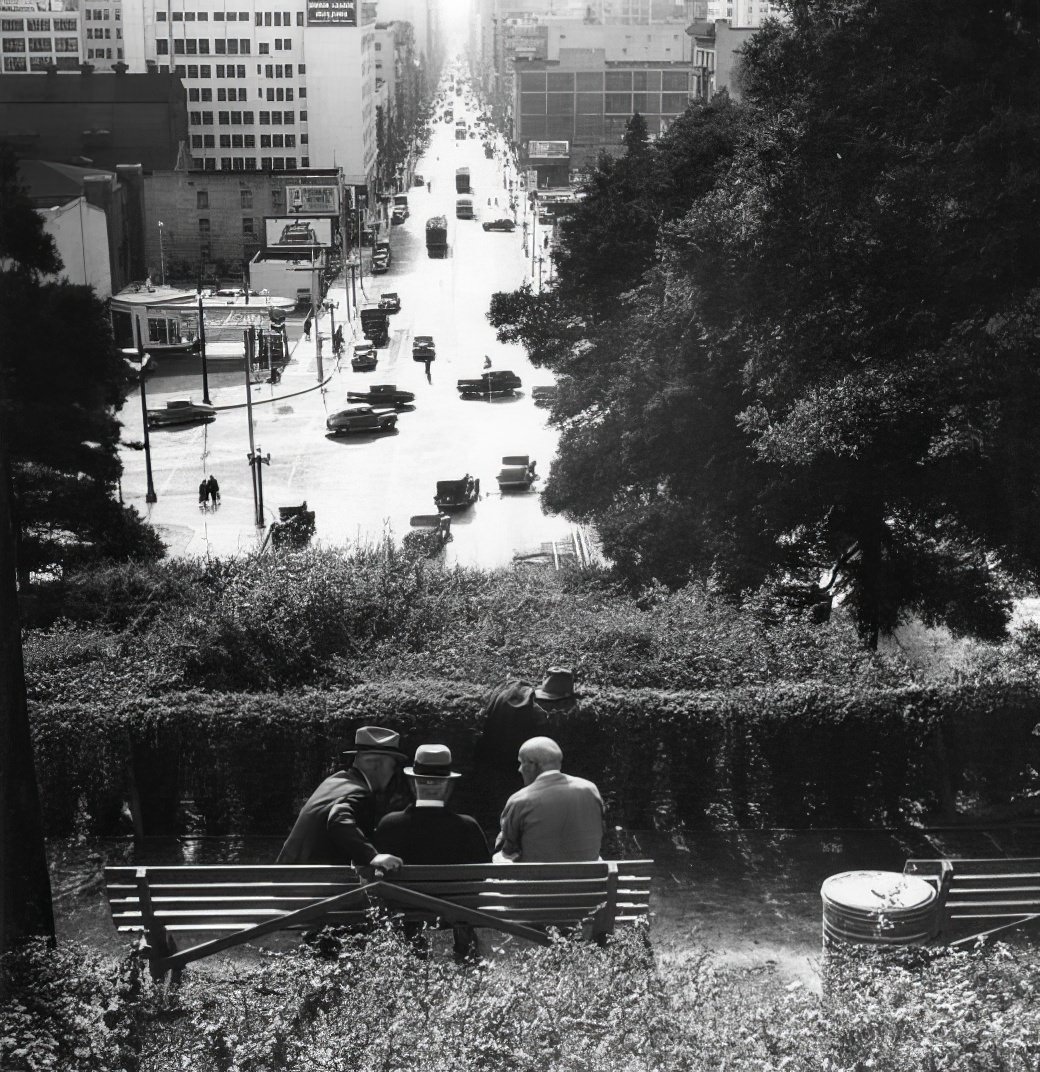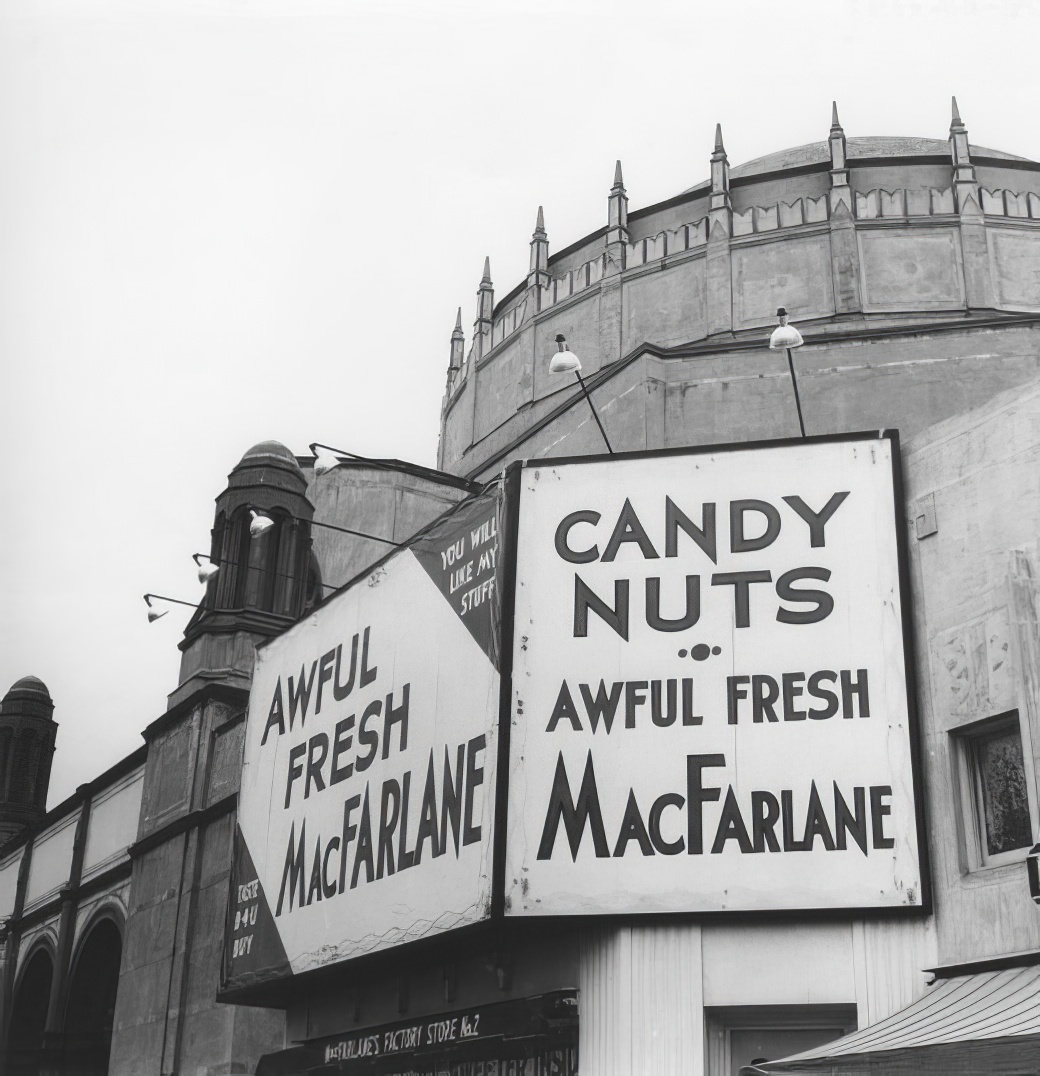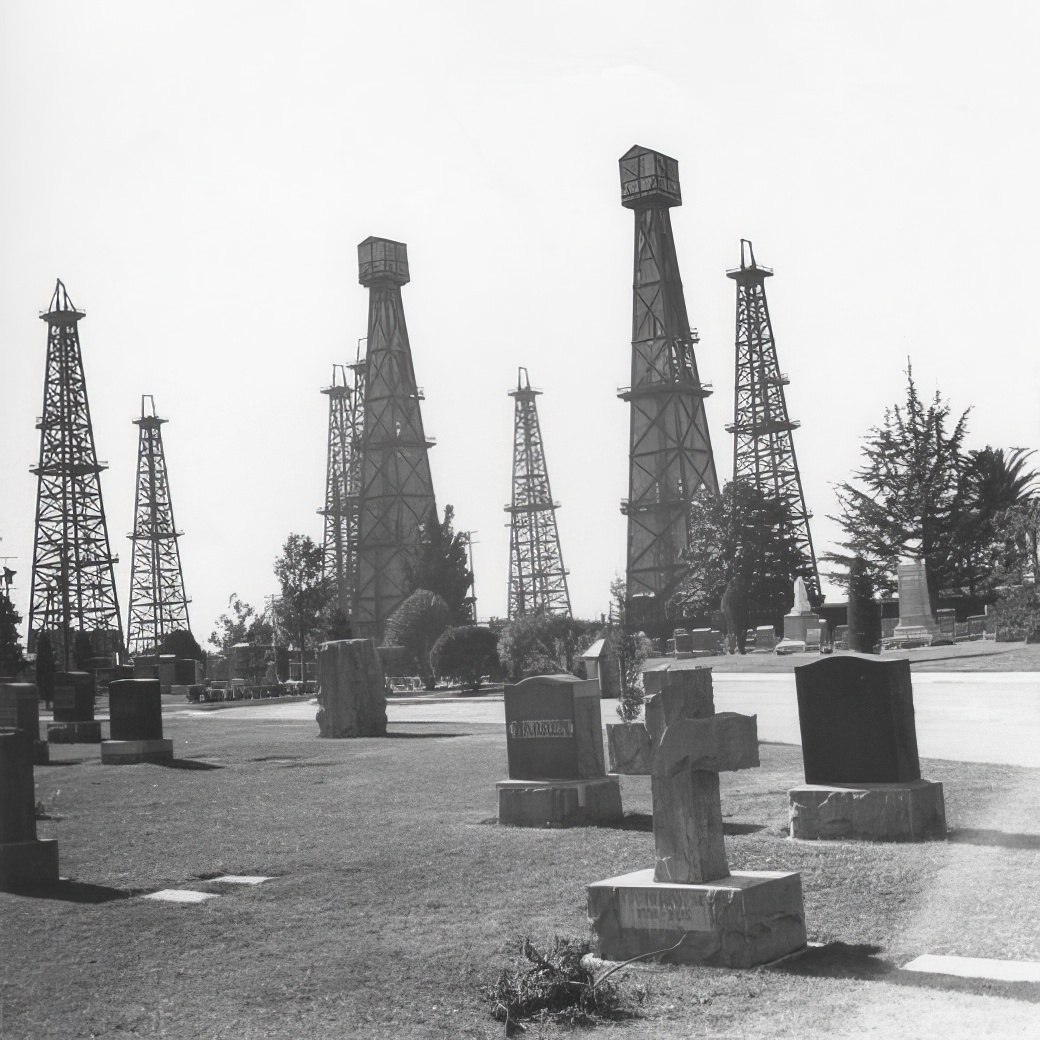Ansel Adams, the name synonymous with breathtaking landscapes of Yosemite and the American West, might surprise you with another side to his photography. In the 1940s, he turned his lens to the urban landscape of Los Angeles, capturing a city on the cusp of transformation. Commissioned by Fortune magazine to document the burgeoning aerospace industry, Adams went beyond the factories and airplanes, capturing everyday life in a city brimming with energy and contradictions.
Adams’s Los Angeles was a city of contrasts. The glamour of Hollywood, with its movie stars and lavish studios, existed alongside the gritty realities of working-class neighborhoods and industrial zones. His photographs captured this duality, showcasing both the aspirational and the everyday aspects of life in the City of Angels.
He documented the rapid growth of the city, with new housing developments sprawling across the hillsides and freeways snaking through the urban landscape. He captured the burgeoning car culture, with automobiles becoming an increasingly dominant presence on the streets. His images reflect a city in motion, embracing the possibilities of the modern age.
Adams’s keen eye for detail extended beyond the grand vistas. He captured intimate moments of everyday life: shoppers browsing in markets, workers enjoying lunch breaks, and families strolling along the beach. His photographs reveal the diversity of the city’s population, from the well-heeled residents of Beverly Hills to the working-class communities of East Los Angeles.
He also documented the social and economic changes taking place. The war effort had brought new industries and jobs to the city, attracting workers from across the country. His photographs captured the energy and optimism of this era, but also the challenges faced by those struggling to make ends meet in a rapidly changing city.
Adams’s Los Angeles was not just a city of sunshine and palm trees. He captured the smog that often blanketed the city, a consequence of industrial growth and increasing car usage. He also documented the social tensions and inequalities that simmered beneath the surface, hinting at the challenges that would come to define the city in later decades.















































